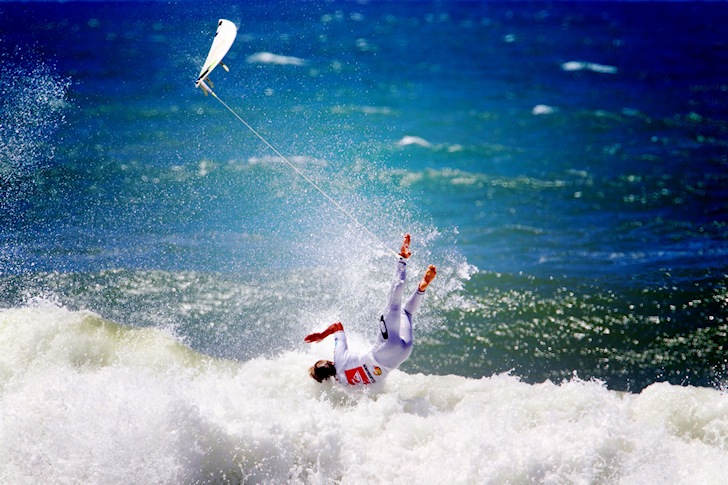A warm-up session can reduce the probability of injuries in surfing by up to 50 percent, according to medical studies. Winding up hurt and out of the water for a long period can definitely be avoided with simple physical exercises and workouts.
Physiotherapist Pedro Seixas has concluded that 78.5 percent of Portuguese surfers have suffered a surfing injury.
Could some have been avoided? The answer is yes.
Did you know that a simple muscular pain that you might tend to ignore can grow into a big, physically inhibiting problem?
This is why surf training is so important. Knowing which parts of the body to loosen and warm up before a challenging session can go a long way to preventing musculoskeletal injuries.
Although you may not avoid a reef laceration, you can substantially reduce problems in your body by looking after your muscles, spine, knees, hips, and feet.
Seixas, along with doctors Ognjen Markovic and Arvid Schigt, has been working with Surfing Doctors Europe to help improve the physical condition of all wave riders.
Always Warm Up
Surf injuries lead to a progressive diminishing of a surfer's performance, along with increased fatigue levels. You may have already felt something similar.
If so, there's good news. No matter what age you are, you can take steps to improve your surf fitness starting today.
A good warm-up before every surf session is critical.
Get your body moving from head to toe, giving priority to combined movements of flexion/extension and rotation; these submit our body to bigger stress forces, helping to condition us.
Also, after a tiring session, try to complete a stretching routine, approaching the main muscular groups involved in surfing (cervical, upper and low-backs, shoulders, hamstrings, and calf muscles).
If you've got time, complete a few surf training exercises at home or at your local gym.
It's easy, fast, and will greatly improve your surfing performance the next time you're in the water, whether you're a pro surfer or a weekend wave rider.
A final word for breathing: always try to exhale during the most strenuous phase of the exercise and, whenever possible, with your abdominal muscles contracted. This helps protect your lower back and spine.
Work on your paddling motion, exhaling every two or three strokes. You can also simulate your cutbacks, exhaling at the speed your torso turns.
Take a look at the most common injuries in surfing. Discover the best yoga poses for surfers. Get a surf fitness guide.
